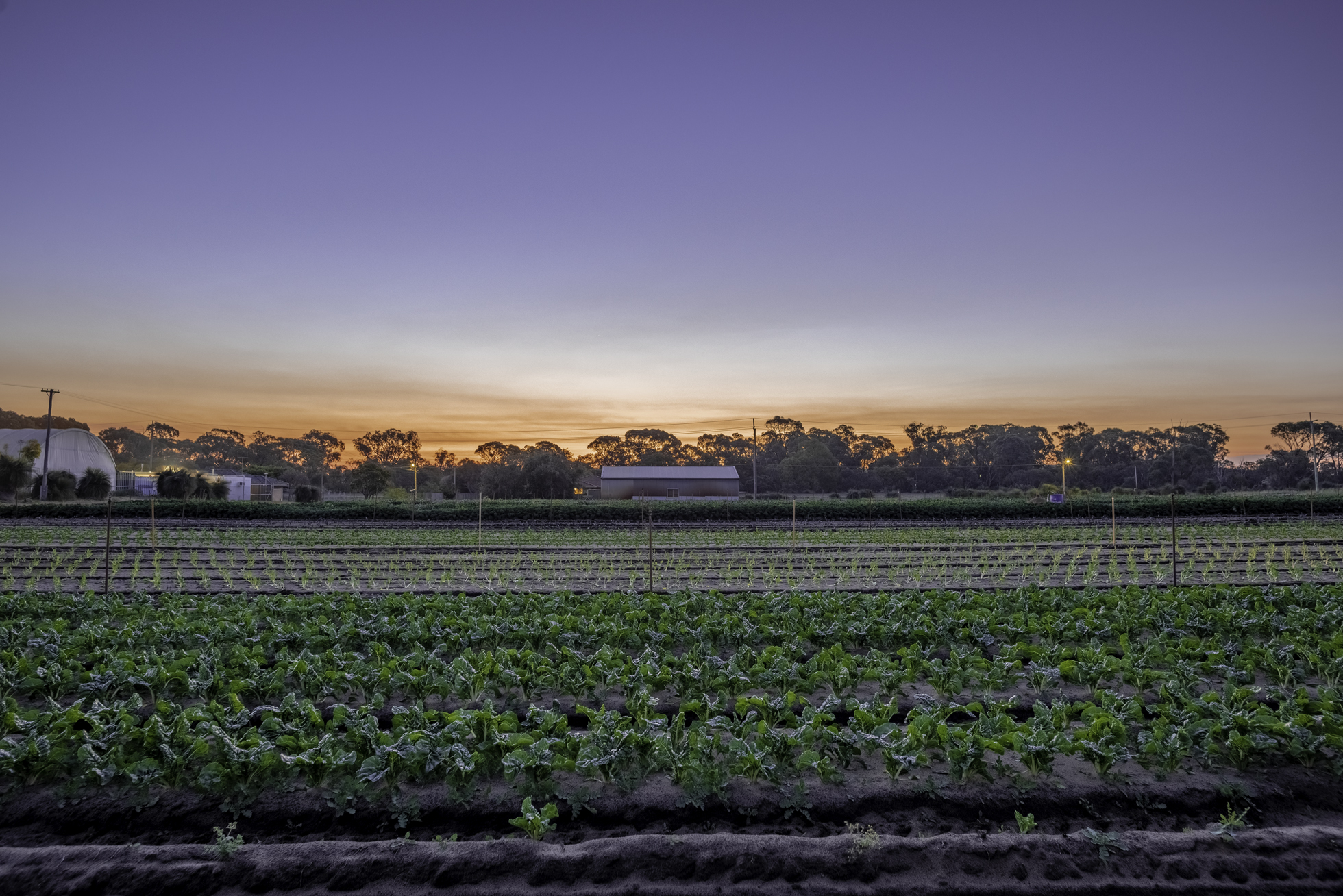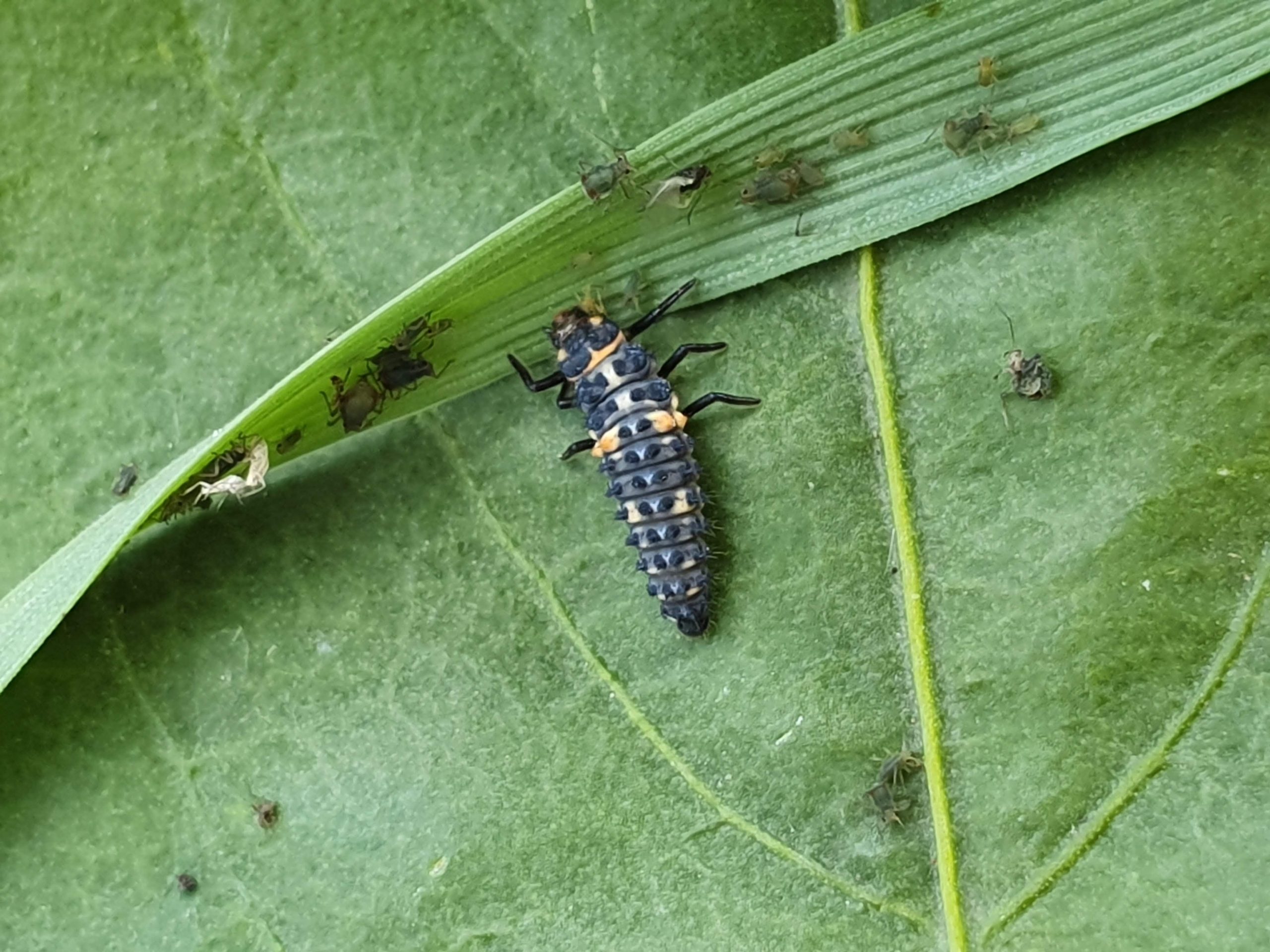
Report sheds light on profitability of WA vegetable growers
18 September 2020
Challenging year sees vegetable exports dip 6.6 per cent
18 September 2020A strategic levy investment has been gathering information on the impact of pesticides on insects and mites that play a beneficial role in the Australian vegetable industry. To help improve pest management with minimal and appropriate use of insecticides, user-friendly management guides have been developed for vegetable growers and their advisors. Project Lead Jessica Page and Paul Horne from IPM Technologies report.
Integrated Pest Management (IPM) involves using biological control agents (beneficials), cultural controls and pesticides in a compatible way. For this to be successful, the integration of beneficials and pesticides is crucial. Instead of relying solely on pesticides to achieve control, having pesticides and beneficials working together will give better results and is more sustainable.
A range of pesticides are available for growers to apply for pests and diseases in their crops. What is needed is information on the relative impact that these products will have on key beneficial species, so that an informed decision can be made on the likely impact if each one is applied. That information has been difficult to obtain or has not existed until very recently.
A strategic levy investment under the Hort Innovation Vegetable Fund, Impact of pesticides on beneficial arthropods of importance in Australian vegetable production (VG16067) has now provided much of that information in an easy to understand and use format. The project was a collaboration between IPM Technologies, Queensland Department of Agriculture and Fisheries and the South Australian Research and Development Institute. It was led by Jessica Page.
Collating information
Firstly, the team looked at what was already known and what was missing. Then each group set about filling in as many of the missing pieces of information as possible. All testing was done in the laboratory and is what is often referred to as a ‘worst-case scenario’. Therefore, the impact of a single application in outdoor crops will probably be less severe, but the relative impact of each pesticide can be seen. All results are based on a single application at the highest label rate.
The vegetable industry is very diverse, and there are vastly different production systems with different pests, different beneficials and different pesticide registrations. To make it easy for the information to be used, the study looked at seven different types of vegetable crops and the pests, beneficials and pesticides in each.
These groups were: leafy vegetables and head lettuce; cucurbits and fruiting vegetables; sweet corn; legume vegetables; stalk and stem; root and tuber; and brassicas.
In recent years, there has been a shift by most of the major pesticide producing companies away from broad-spectrum products to selective or ‘soft’ IPM compatible products. However, these newer products still have an impact on some species. The availability of these newer products makes implementing IPM much more possible, but the lack of information on what they do to different beneficials has still been a major impediment to successful adoption of IPM.
What is sometimes difficult to understand is that one pesticide can be safe to some species and toxic to others, while another pesticide can be safe or toxic to a different set of species. There is no way of predicting what any of these newer pesticides might do to any particular species, so the only way to find out is to test each one. There is obviously an unending set of combinations of pesticide and beneficial species, and this project set out to test only the most relevant combinations for IPM users growing vegetables in Australia.
The results are presented in a way that immediately shows the relative impact of each pesticide on the beneficials of importance in each crop type. The intended use of the guides is as support tools for growers and advisors wanting to use IPM or give IPM advice. They are not intended to describe any product as good or bad, or safe or not safe, but to ensure that informed decisions can be made when choosing a pesticide.
The guides
The relative toxicity for each species is indicated on a scale from 0 per cent to 100 per cent mortality as shown in the example below. A blue triangle indicates that the results are a combination of both acute and sub-lethal. A white triangle means acute results only (see Figure 1).
Figure 1: How to interpret this guide.
The relative toxicity for each species is indicated on a scale from 0% to 100% mortality as shown in the example below. This example show0s that Spinetoram is safe to ladybirds (L) and damsel bugs (N) but is harmful to Diadegma (D) Aphidius (A) and Brown lacewings (B).
The decision to use this product will therefore be influenced by:
- Is there another product that could be used that is less disruptive?
- How many other products have been used and what impact did they have on beneficials?
- Will there be an economic loss if this product is not applied?
The guides are available to download and print from the AUSVEG website.
Find out more
Please contact Jessica Page at jessica@ipmtechnologies.com.au.
This project has been funded by Hort Innovation using the vegetable research and development levy and contributions from the Australian Government.
Project Number: VG16067
Cover image: A juvenile ladybird. Image courtesy of IPM Technologies.
This article features in the spring 2020 edition of Vegetables Australia. Click here to read the full publication.


